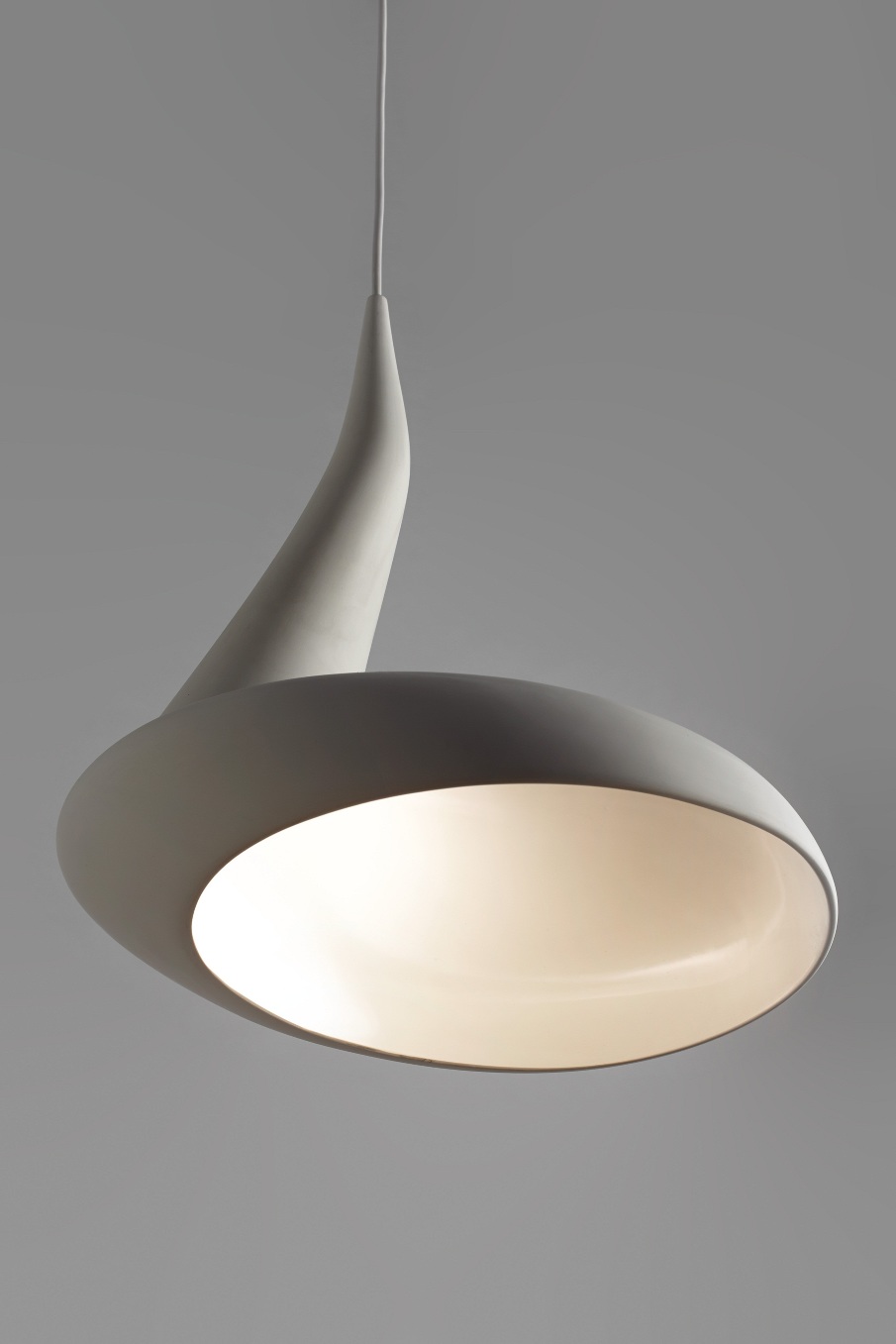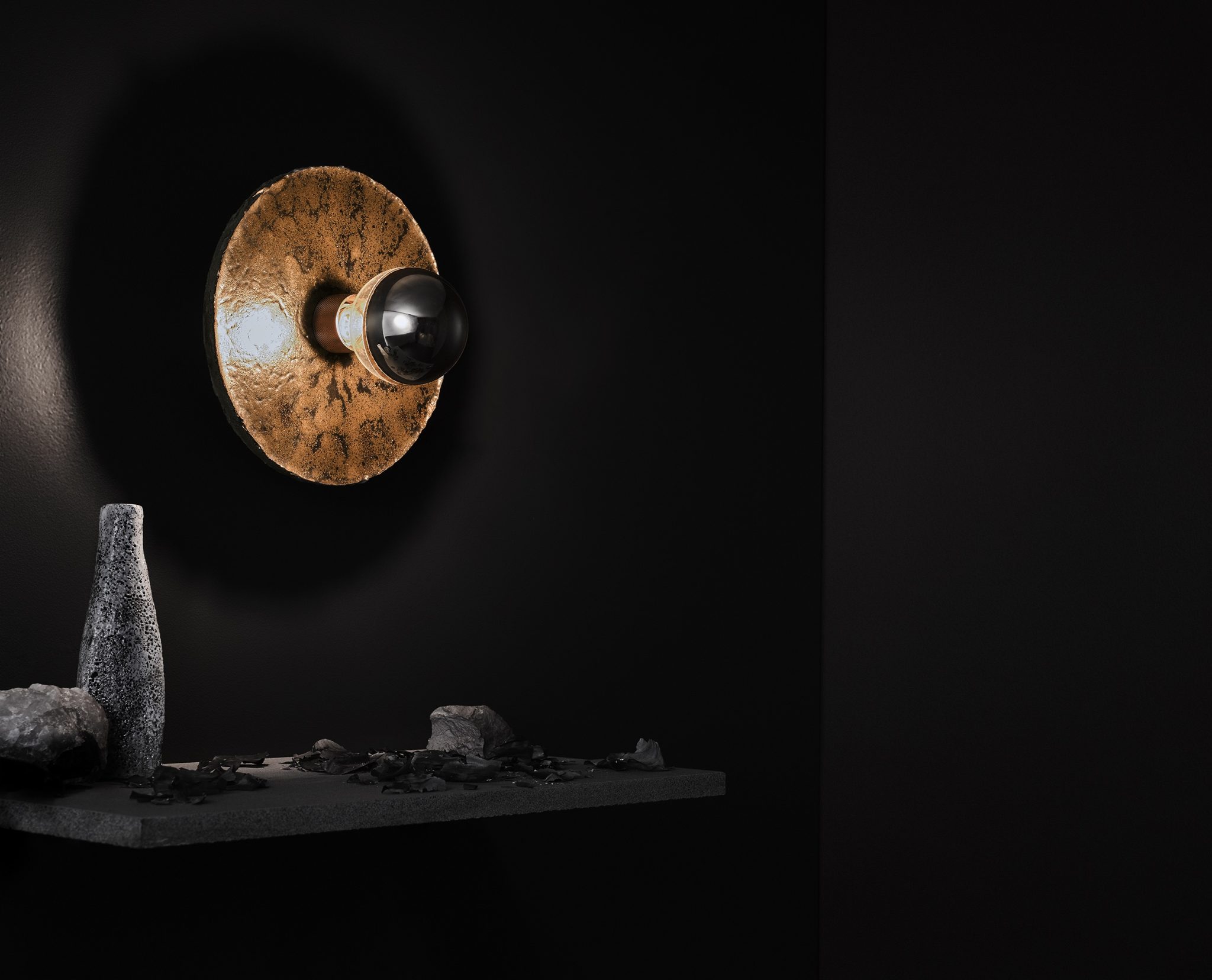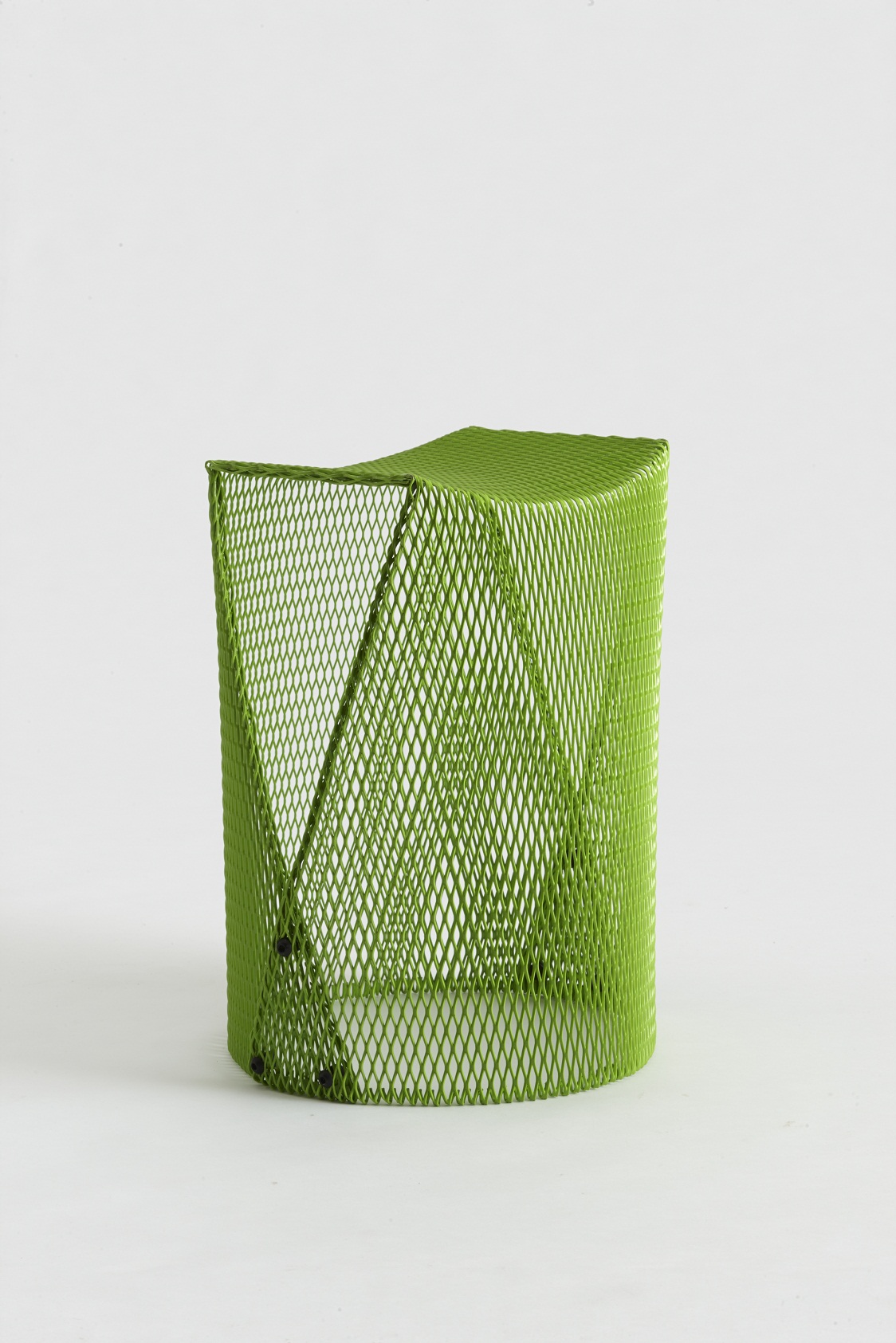
A rising star: furniture designer Ash Allen
Share
Melbourne-based furniture designer Ash Allen has won over the judging panel two years running at the Interior Design Excellence Awards (IDEA), scooping up the Object – Furniture and Lighting (Rising) award in 2016 and 2017. Ahead of the 2018 awards, ADR spoke to Allen about what it meant to win the award and what’s up next for his eponymous studio.
Entries into IDEA 2018 close on Wednesday 16 May at 5pm. Get your entry in now!
Can you tell us a little about your career to date and how you became interested in furniture design?
After leaving university with a Mechanical Engineering degree, I worked for two years at Niche Design where I first met and worked with some fantastic industrial designers – including David Flynn. Then I was drawn into the family rubber manufacturing business, which I still run on a daily basis. However, a few years ago I went back to school and completed an Associate Degree in Design (Furniture) at RMIT. I had always enjoyed making furniture, but knew I could make better. There I met some wonderful people who encouraged me – teachers, students and curators alike – and after exhibiting and winning few awards – I was hooked.

Dollop light
Talk us through your winning designs for IDEA: what was the design process, what materials did you use and what techniques did you use?
James Walsh approached me and asked if I knew anyone with a “ghetto” kiln. He wanted to do some experiments with bluestone powder (the waste material from cutting pavers) for his final year RMIT ID project. I have two kilns, which I use to fire my Dollop pendant lights, and working in Thomastown, thought I could help. After six months of experimenting and investigation, we now have a process where we can reliably melt local bluestone powder into solid castings – bringing a material that has historically been outside our homes, within. The technique we use to create the ‘Igneous’ wall sconces is basically sandcasting – where the dry bluestone powder is placed in a cavity in sand, and then melted >1200 deg C.

The winning Igneous Light
What inspires you?
Original projects with uncertain outcomes.
What would you say is the most challenging part of being a designer? And the most rewarding?
For me, the most challenging part of being a designer is finding the time to play and experiment with the ideas rolling around in my head. The most rewarding part is meeting some really interesting and supportive people.
What impact did winning IDEA have on your career? Has it opened up any new opportunities?
Winning IDEA this year (and last) has helped generate sales and make some valuable industry connections.

Lionheart seat
What’s next for your studio?
Fusing and slumping some bluestone offcuts for the NGV and experimenting with recycled plastic for a show by Studio Edwards called “Plasticity” (@alt.material) in July.
The Object – Furniture & Lighting (Rising) category serves as a showcase of the brightest rising stars of Australian furniture and lighting design. This is open to people who have completed study less than three years ago and will be judged by the editors of inside magazine. There is no cost to enter into the Object – Furniture and Lighting (Rising) category.
















